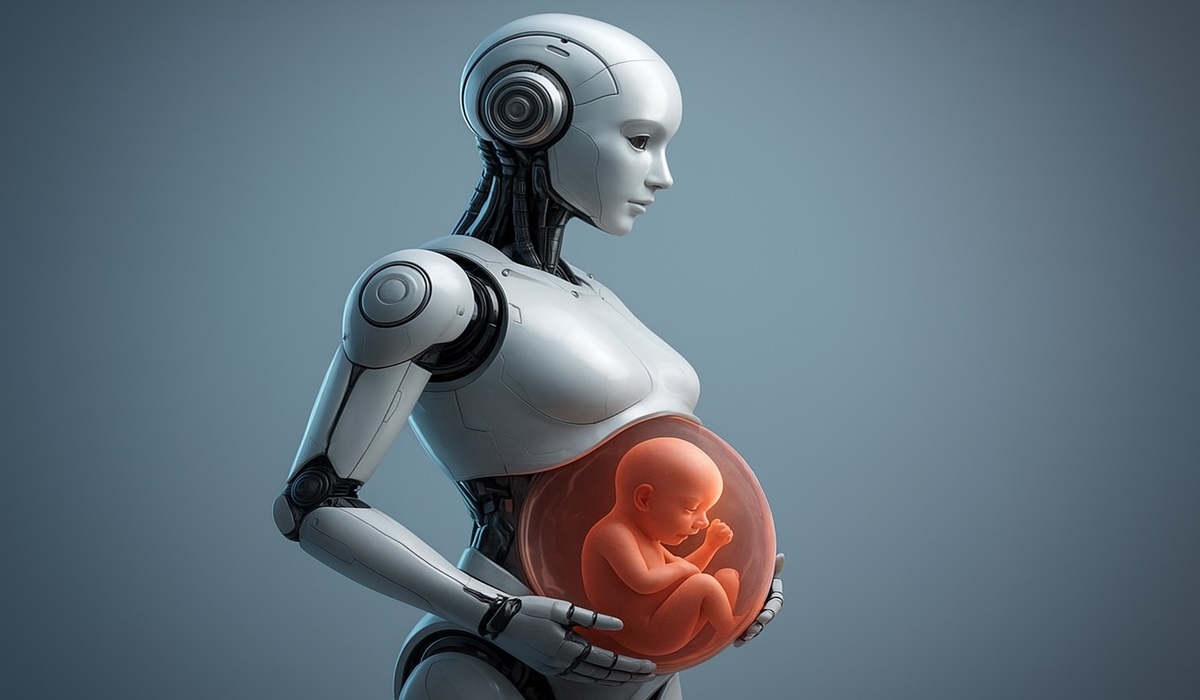Embracing the Future: China’s Artificial Robotic Womb and the Evolution of Reproduction
- Ingrid Jones
- China
- East Asia
- Trending News
- August 21, 2025

In the tapestry of human advancement, few threads are as intricate and profound as the evolution of reproduction. From the earliest cave paintings depicting birth rituals to the advent of assisted reproductive technologies, humanity has continually sought to transcend the limitations of nature. Today, standing at the precipice of a new era, China’s development of an artificial robotic womb by Kaiwa Technology represents not just a technological breakthrough but a philosophical evolution in how we perceive life, parenthood, and the very essence of human existence.
At the heart of this innovation is Dr. Zhang Qifeng and his team in Guangzhou, who have conceptualized a humanoid robot equipped with an artificial womb capable of carrying a fetus through a full gestation period. This endeavor is not merely about creating a machine to mimic biological processes but about reimagining the very foundation of reproduction. The robot, designed to replicate the natural environment of the womb, offers a controlled, sterile, and consistent setting for fetal development, potentially reducing the risks associated with human pregnancies.
The implications of this technology are vast and multifaceted. Infertility, a condition affecting millions globally, often comes with emotional, physical, and financial burdens. Traditional methods, such as in vitro fertilization (IVF) and surrogacy, while groundbreaking, are not without their challenges. Surrogacy, in particular, introduces complex emotional dynamics, legal entanglements, and significant financial costs. The introduction of an artificial womb offers a potential solution to these issues, providing an alternative that could democratize access to parenthood.
Financially, the projected cost of utilizing this technology is approximately 100,000 yuan (about $14,000), a fraction of the expenses associated with traditional surrogacy, which can range from $100,000 to $200,000 in some countries. This affordability could make parenthood accessible to a broader demographic, particularly in regions where surrogacy is either illegal or prohibitively expensive. Moreover, the standardization of the process could reduce the risks of complications that sometimes arise in human pregnancies, offering a safer alternative for both the child and the prospective parents.
However, as with any groundbreaking technology, the advent of artificial wombs raises significant ethical and moral questions. The very act of replicating human reproduction outside the human body challenges deeply held beliefs about the sanctity of life and the natural order. Concerns about the potential for commodification of childbirth, the implications for women’s roles in society, and the psychological effects on children born through such technologies are valid and warrant thorough examination.
Yet, history has shown that humanity’s greatest strides often come from challenging the status quo. The development of artificial womb technology is not an abandonment of nature but an evolution of it. Just as the advent of artificial intelligence, space exploration, and genetic engineering have expanded the horizons of human capability, so too does the artificial womb represent a natural progression in our quest to understand and enhance the human experience.
Embracing this technology does not mean disregarding the value of natural childbirth or the profound bond between mother and child. Instead, it offers an alternative for those who, due to medical, financial, or social reasons, are unable to experience traditional pregnancy. It provides an option that could alleviate the emotional and financial burdens associated with infertility and surrogacy, allowing more individuals the opportunity to become parents.
Furthermore, the societal benefits of this technology cannot be overlooked. In countries facing declining birth rates and aging populations, such as China, artificial wombs could serve as a catalyst for demographic rejuvenation. By providing an alternative means of reproduction, societies can address these challenges without infringing upon individual rights or freedoms.
In conclusion, China’s development of the artificial robotic womb is not merely a technological achievement; it is a reflection of humanity’s enduring desire to transcend limitations and redefine possibilities. It is an invitation to embrace the future, to consider new avenues for parenthood, and to challenge preconceived notions about life and reproduction. As with all technological advancements, the key lies in thoughtful implementation, ethical consideration, and a commitment to the well-being of all individuals involved. By embracing this innovation, we open the door to a future where parenthood is accessible, safe, and inclusive for all.








